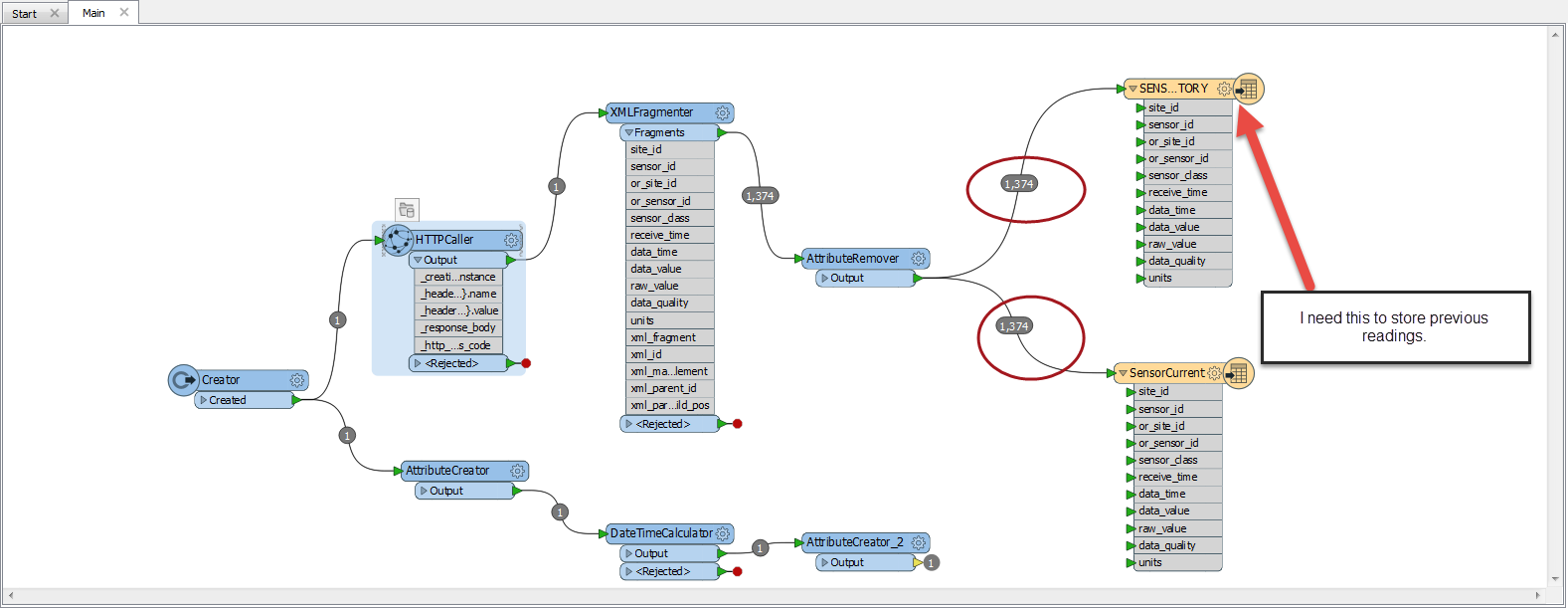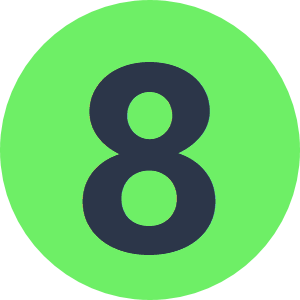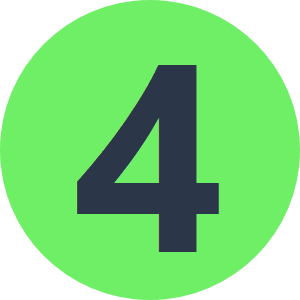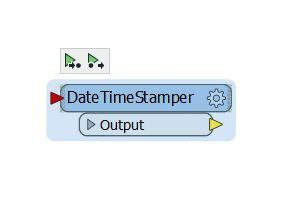I have a link which gives me rain gauge sensor information. Everytime I refresh the link I get new readings, however I want to set up my workbench to keep the current readings in one table and it to store previous readings in a history table. This is what I have set up, however I don't know what to use to log previous readings. The current and history keep updating with the same current values.














